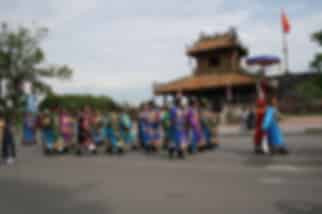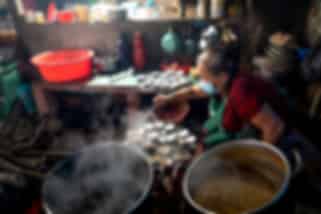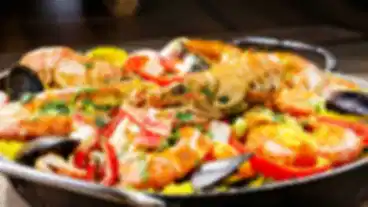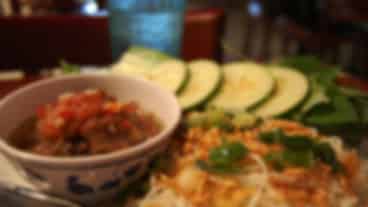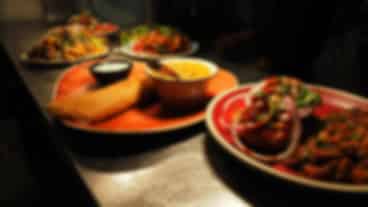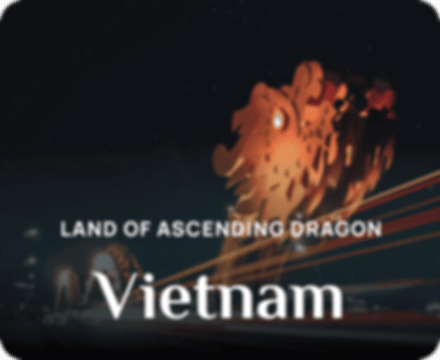Complete Guide to Tết Festival 2026: Vietnam’s Lunar New Year Celebration
Author
Adrija Das
Updated Date
October 22, 2025
Read
5 minutes
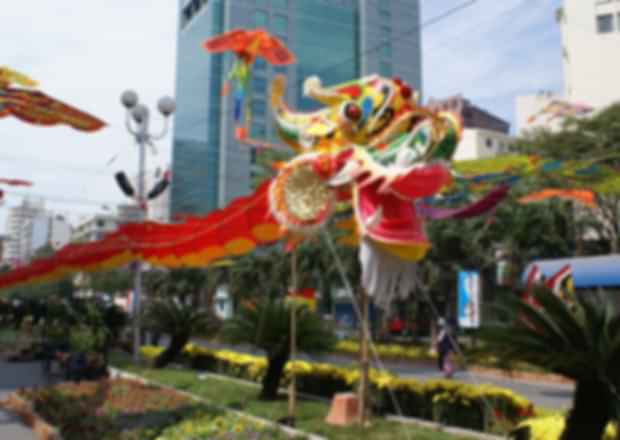
Tết Nguyên Đánm, Vietnam’s most important holiday, marks the Lunar New Year celebrated from late January through early February each year. Unlike the Western New Year, the Tết festival is when Vietnam’s entire calendar pivots around multi-generational family reunions, ancestral honouring, and prosperity rituals. In 2026, Tết begins on February 17th, welcoming the Year of the Wood Snake. This complete guide covers Tết dates, regional traditions, authentic food, travel tips, and what first-time visitors should expect when experiencing Vietnam’s most vibrant festival.
What is Tết? Understanding Vietnam’s Lunar New Year Festival
Tết festival dates vary annually because Vietnam uses a lunisolar calendar, a system that aligns moon phases with solar years through intercalary months. This is why Tết falls between late January and early February, never straying beyond this window.
Tết 2026 Dates: When is Vietnam’s Lunar New Year?
| Year | Tết Start Date | Lunar Year | Why It Matters |
| 2026 | February 17 | Year of Horse | Lunisolar calculation shifts the date annually |
| 2027 | February 6 | Year of the Goat | Symbolises gentleness, creativity, harmony |
Official holiday duration: 3 days nationally; family celebrations extend 5–7 days in many households. Book Tết travel in Vietnam early; domestic flights, trains, and hotels fill 4–6 weeks ahead.
Tết Traditions & Customs in Vietnam
Family Reunions and Ancestor Worship During Tết
Tết is Vietnam’s annual gravity well, where multi-generational families reunite at ancestral altars. Visiting family graves and making ritual offerings is non-negotiable. In Vietnamese culture, “Who are your ancestors?” remains a vital introduction.
Pre-Tết House Cleaning: Sweeping Away Bad Luck
Pre-Tết house cleaning symbolises ridding homes of last year’s misfortune. Every surface is scrubbed top-to-bottom, then decorated with regional flowers:
- North Vietnam: Peach blossoms (hoa đào)
- South Vietnam: Apricot blossoms (hoa mai) and kumquat trees
- Central Vietnam: Indoor lanterns and regional variants
Xông Đất: The First-Footing Superstition
Xông đất (first-footing) is the central Tết superstition; the first person entering a home on New Year’s Day determines its luck. Families strategically choose guests or wait until midnight to enter themselves, ensuring positive energy for the year ahead.
Lì Xì & Áo Dài: Tết Gifts and Traditional Dress
Lì xì (red envelopes filled with cash) are given to children as blessings. The áo dài (traditional Vietnamese dress) sees a resurgence during Tết celebrations, worn to temples, family gatherings, and photo opportunities.
Public Tết Celebrations: Lion Dances, Fireworks & Street Festivals
Major Vietnamese cities host lion dances, dragon parades, street calligraphy, and fireworks displays, transforming typically bustling streets into festival zones.
Tết Food Guide: Traditional Vietnamese Dishes by Region
Tết cuisine carries deep symbolism. These traditional dishes aren’t merely food; they’re edible wishes for prosperity and family unity.
| Dish | Regions | Preparation |
| Bánh Chưng | North/Central | Sticky rice + mung bean + pork, wrapped in **dong leaf**, boiled ~24 hours |
| Bánh Tét | South/Central | Sticky rice exterior, pork filling; sometimes pan-fried |
| Pickles | Nationwide | Roasted seeds, candied ginger, palm-sugar snacks |
| Sweets | Nationwide | Roasted seeds, candied ginger, palm-sugar snacks |
Budget tip: Speciality Tết cakes cost 150,000–300,000 VND; pre-order 2–3 weeks ahead. Flower markets sell fresh produce at 50,000–200,000 VND per item.
Regional Tết Celebrations Across Vietnam: North vs. South vs Central Celebrations
Northern Vietnam Tết: Hanoi & Surroundings
Hanoi’s Tết centres on peach blossom flowers. The iconic Quang Ba and Long Biên flower markets burst with pre-dawn crowds during Tết week, a chaotic, joyful tradition. Northern families prepare bánh chưng, hearty soups, and regional pickles. Weather: cold (10–15°C); bring layers.
Southern Vietnam Tết: Ho Chi Minh City & Mekong Delta
Ho Chi Minh City’s Tết features apricot blossoms, kumquat trees, and bright fruit towers. Bánh tét dominates meals. Streets host communal parties and fireworks. Weather: warm/hot (25–30°C). More relaxed, festive atmosphere than the North.
Central Vietnam Tết: Hoi An, Hue, and Lantern Traditions
Hoi An and Hue blend North-South traditions. Lantern-lit walks replace bustling markets. Local specialities (some influenced by royal Huế cuisine) shine. Moderate climate (15–22°C).
Vietnam Travel Tips for Tết Festival Visitors
Essential Preparation for Tết Travel
Book early: Domestic Vietnam travel during Tết requires advance reservations. Trains, buses, and hotels fill 4–6 weeks prior. Visit Quang Ba flower market before New Year’s Eve for the full pre-dawn spectacle.
Tết Etiquette: Do’s and Don’ts for Tourists
Do’s
- Wear modest, temple-appropriate clothing or áo dài
- Greet with “Chúc mừng năm mới”
- Bring small gifts (sweets, fruit)
- Respect family altars, never touch without permission
DOn’t
- Sweep on New Year’s Day (sweeps away luck)
- Clip nails during Tết
- Ask who’s entering first if you’re a guest, observe and follow the hosts
Money, Banking, and Logistics During Tết
- Banks close 3+ days; withdraw cash before Tết
- ATMs work, but expect long lines
- Pharmacies: Most close; stock medications in advance
- Tips: Not obligatory but appreciated by guides/drivers (100,000–200,000 VND)
Tết Travel Budget Breakdown (Per Person)
| Item | Cost Range (VND) | Notes |
| Domestic Flight (Saigon→Hanoi | 2,000,000–4,000,000 | Higher during Tết week |
| Hotel (Mid-range, 1 night) | 1,500,000–3,000,000 | Book 6+ weeks ahead |
| Traditional Tết Meal | 500,000–1,000,000 | Family-style; includes bánh chưng |
| Flower Market Visit | 200,000–500,000 | Flowers + photos + snacks |
| Total (3-day Tết trip) | 6,000,000–10,000,000 | USD ~250–420 |
Conclusion: Experience Authentic Vietnam During Tết
Tết Festivals reveal Vietnam at its most authentic, a country pausing to honour ancestry, welcome renewal, and embrace collective joy. Whether witnessing pre-dawn flower market chaos in Hanoi, joining multi-generational family meals, or exploring regional Tết customs from North to South, this Lunar New Year festival offers travellers unparalleled cultural immersion. With advance bookings, key phrases, and cultural sensitivity, Tết becomes not just a festival attended, but a tradition genuinely lived. Customise your next Vietnam tour packages from Pickyourtrail to experience the authenticity without any hassle.
FAQs
1: Can foreigners celebrate Tết in Vietnam?
Absolutely. Vietnamese families welcome visitors warmly. Dress modestly, greet respectfully, and follow household customs. No one expects perfect etiquette; genuine interest matters most.
2: What if I’m a vegetarian during Tết?
Modern Vietnamese cities offer vegetarian bánh chưng, fusion sweets, and lighter alternatives. Urban restaurants happily accommodate; politely declining pork raises no eyebrows in contemporary Vietnam.
3: Are attractions open during Tết?
Major temples and sites open with limited hours. Small shops, museums, and non-essential businesses close for 3+ days. Plan accordingly, experience Tết as locals do, not as a tourist-only event.
4: How should I budget for Tết travel to Vietnam?
Expect 20–30% premium pricing on flights/hotels during Tết week. Budget 6–10 million VND per person for 3 days (flights, accommodation, food, activities). Booking 6+ weeks ahead saves significantly.
5: What are Tết superstitions I should respect?
Key taboos: don’t sweep, don’t clip nails, don’t break dishes (symbolises broken luck), and don’t use negative words on New Year’s Day. Regional variations exist; when uncertain, observe and follow your hosts’ rhythm.
Recommended articles for you
Discover Packages


Need help in planning?
Talk to our Travel Experts


